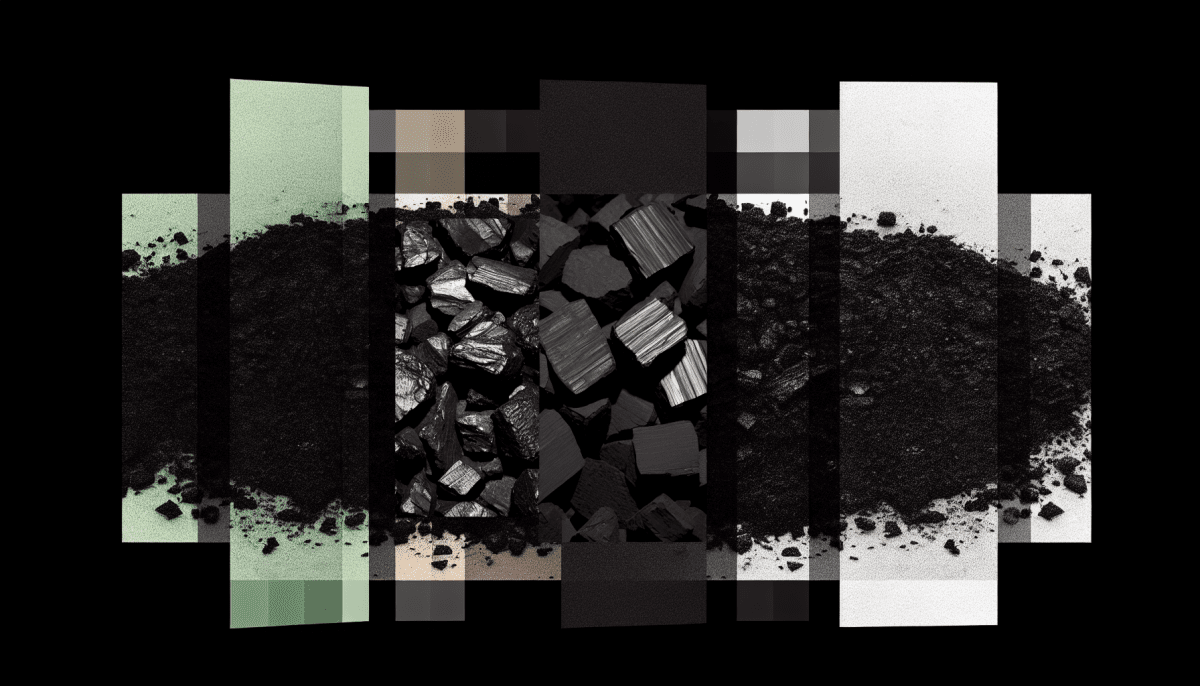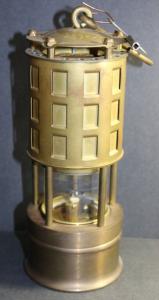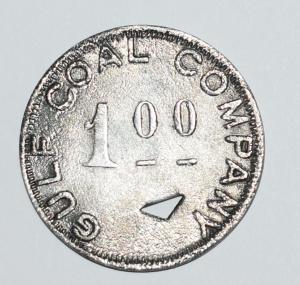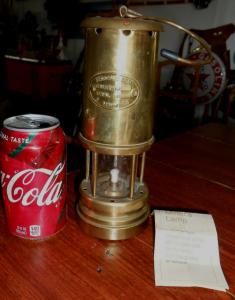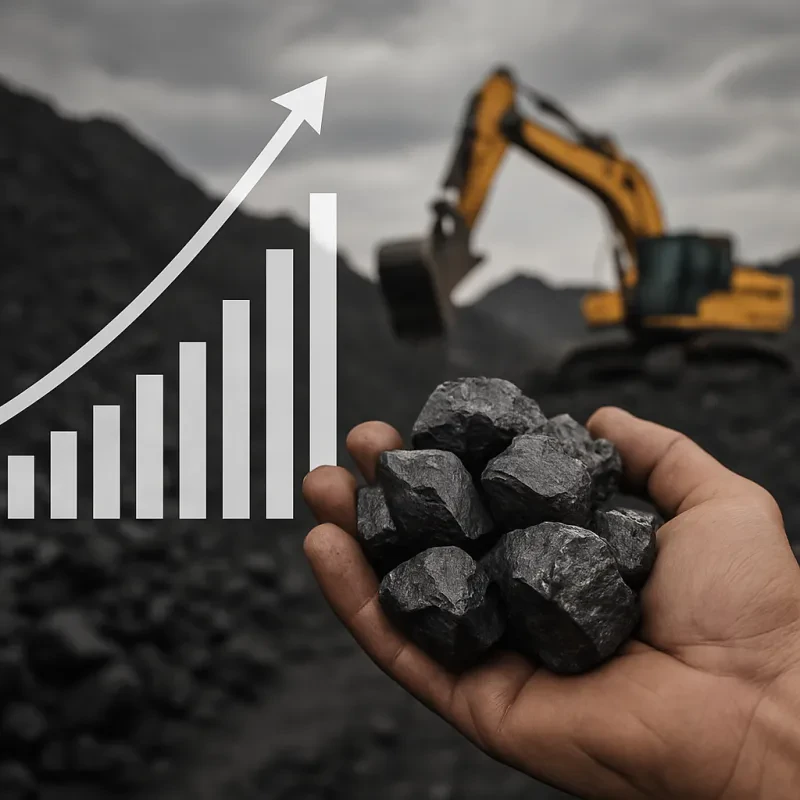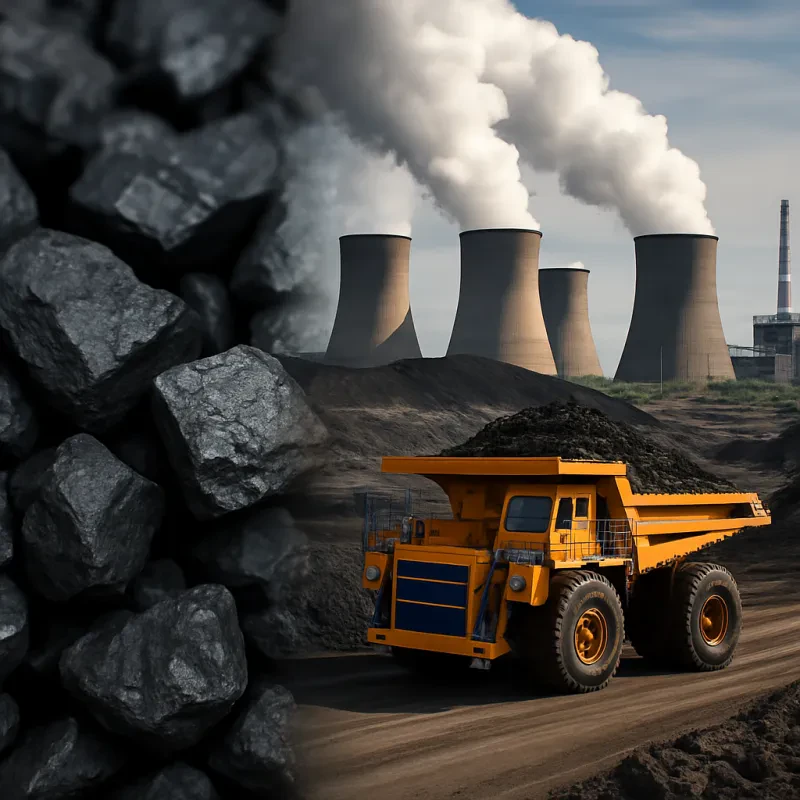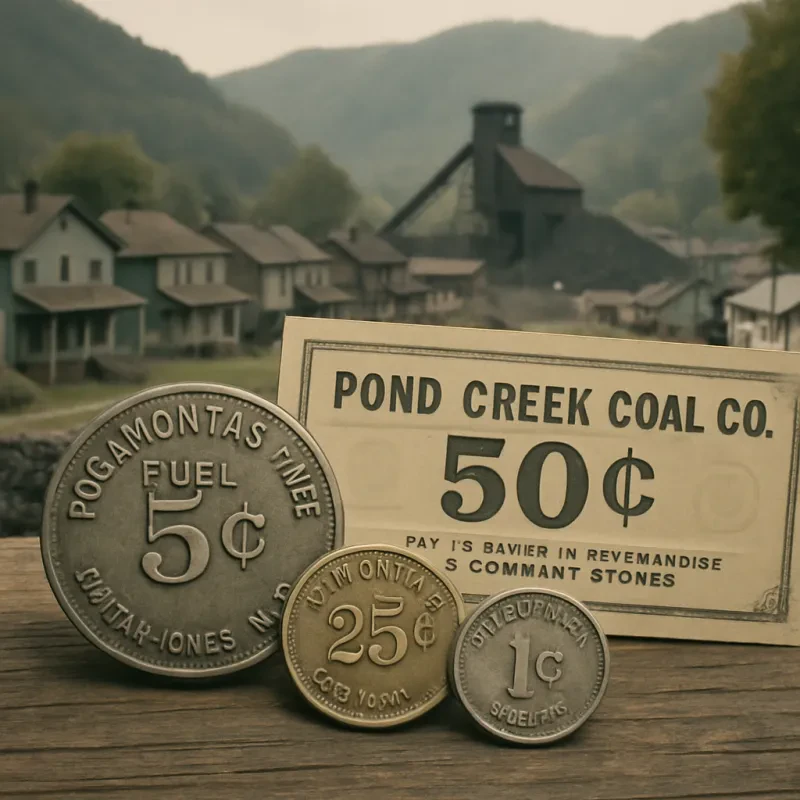Coal is a black or brownish-black sedimentary rock that’s one of the most important fossil fuels in the world. It’s formed from ancient plant materials that have decomposed over millions of years under heat and pressure. Those ancient forests turned into what we know as coal today! It has been a vital energy source for centuries, powering everything from homes to industries.
When we talk about the 4 types of coal, they're basically categorized based on their carbon content, energy output, and other properties. The main types are lignite, sub-bituminous, bituminous, and anthracite. Each type has its own characteristics and uses, making coal an incredibly versatile resource. For example, lignite is the softest type, often used for electricity generation, while anthracite is hard and is used for residential heating due to its high carbon content and efficiency.
Coal isn't just important for energy; it also plays a significant role in the production of steel and cement. It’s a key player in various industries, helping to create jobs and support local economies. While the energy landscape is changing with more renewable sources coming into play, understanding coal and the 4 types of coal remains crucial for grasping how we produce energy today.
In many regions, coal mining also has cultural and historical significance, shaping the local communities and economies. As we transition toward cleaner energy sources, knowing the role of coal helps us appreciate the balance between the past and future energy solutions. It's all about finding the best mix for our energy needs while being mindful of the environment!
Anthracite Coal and Its Features
Anthracite coal is often considered the highest rank among the 4 types of coal. Its shiny, black appearance makes it stand out, and it’s known for having a high carbon content. This property gives anthracite its impressive energy output, making it a popular choice for heating and industrial processes.
One of the best features of anthracite is how clean it burns. It produces very little smoke and fewer emissions compared to other coal types, which is a big plus for those concerned about air quality. If you're looking for a reliable way to heat your home or business while keeping your carbon footprint in check, anthracite can be a great option.
When it comes to efficiency, anthracite coal ranks high as well. Thanks to its high energy density, you'll find that it provides a longer-lasting burn than lower-grade coal types. This means you get more heat for your buck, and it often translates to fewer refills if you're using it in a furnace or stove.
In addition to its heating capabilities, anthracite is also used in various industries, including water filtration and as a reducing agent in the production of steel. So, whether you're a homeowner looking for an effective heating solution or part of an industry that needs reliable coal, anthracite is worth considering among the 4 types of coal.
Bituminous Coal Uses and Characteristics
Bituminous coal is one of the four types of coal, and it’s quite popular for a variety of reasons. This type of coal is known for its high carbon content, which makes it an excellent fuel source. You'll often find it used in electricity generation and steel production. Its ability to produce a significant amount of energy makes it a go-to choice for many industries.
What’s cool about bituminous coal is its versatility. It’s not just used for power; it’s also found in the manufacturing of coke, which is essential for smelting iron ore. If you’ve ever wondered how steel is made, a big part of that process relies on bituminous coal. Plus, it’s also used in making synthetic fuels and various chemical products, showing just how useful it can be!
As for its characteristics, bituminous coal is typically black and has a shiny, sometimes somewhat dull appearance. It burns with a high heat and low smoke, which makes it cleaner than some other coal types. The carbon content generally ranges from 45% to 86%, giving it that robust energy output. Its moisture content is relatively low too, which is great for those seeking more efficient burning options.
In terms of availability, bituminous coal is quite abundant in various parts of the world, especially in the United States. Areas like Pennsylvania and West Virginia have significant deposits. This availability, combined with its energy-efficient properties, is why it ranks high among the 4 types of coal. If you’re in the market for a reliable energy source, bituminous coal checks all the right boxes!
Lignite Coal and Its Role in Energy
Lignite coal, often referred to as “brown coal,” sits at the beginning of the coal ranking system. It’s known for its relatively low carbon content, which typically ranges from 25% to 35%. This may not sound like much when you think about coal's role in energy, but lignite plays a vital part in the energy puzzle.
One of the key features of lignite is its high moisture content, which can be around 60%. This makes it less energy-dense than other types of coal, such as bituminous or anthracite. Because of this, lignite is often used in power plants that are located close to the mines where it’s extracted. Transporting it over long distances isn’t cost-effective due to its lower energy output.
In many areas, especially in the United States and Europe, lignite has been a cornerstone for electricity generation. It’s often burned in large amounts to produce steam that powers turbines, making it an important resource for local economies. However, because it produces more carbon emissions per unit of energy than other coals, its environmental impact has raised some concerns.
When exploring the 4 types of coal, understanding lignite’s role in energy helps paint a fuller picture of the coal industry. While it may not be the cleanest option, it still provides a significant source of energy, especially in regions where cleaner alternatives are less accessible. Balancing energy needs with environmental concerns remains a challenge, showcasing the importance of thinking critically about how we use all types of coal.
